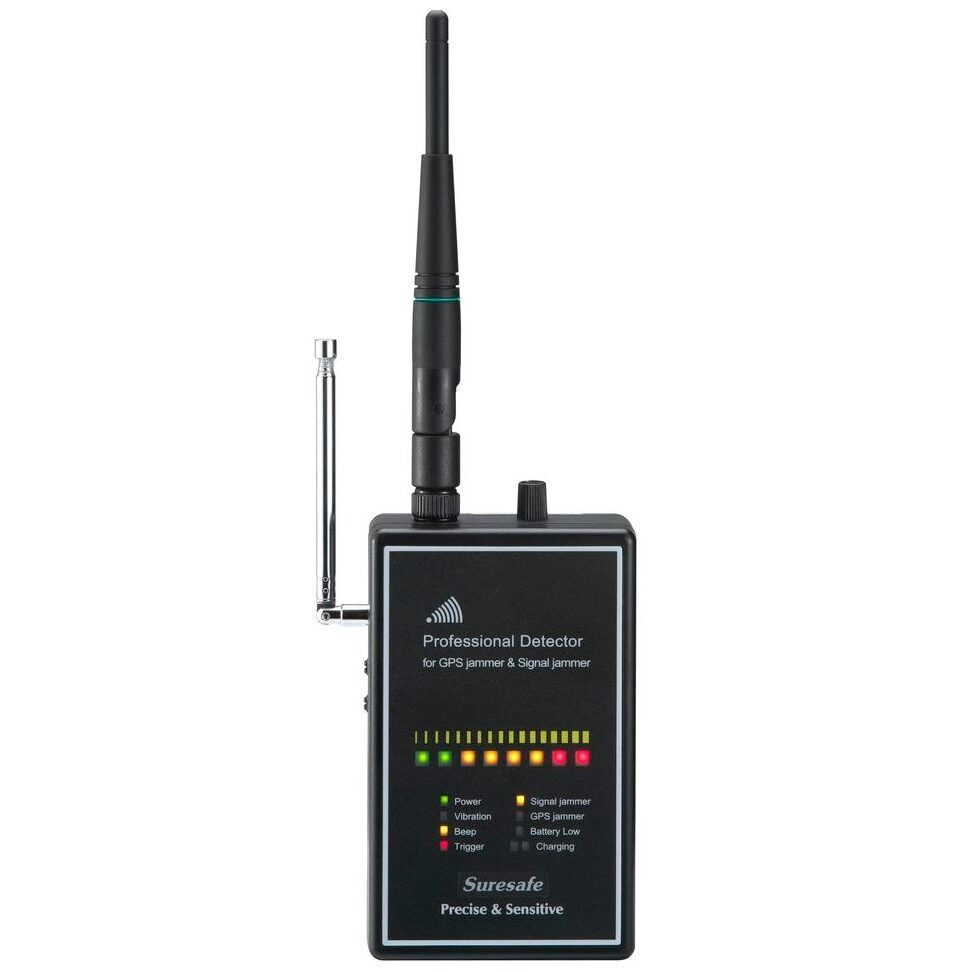Where technology has become an integral part of our lives, the use of cell phones is ubiquitous. They are our constant companions, helping us stay connected, informed, and entertained. But what happens when these devices become a nuisance or a threat to privacy? That’s where cell phone jammers come into play. These devices are designed to block or disrupt mobile signals, and they raise a lot of questions about their legality, ethics, and detection. Let’s dive into the world of jammers and see if they can indeed be detected.
The Concept of Jammers
Jammers are devices that emit radio frequency signals to interfere with or block the signals of cell phones. They are often used in areas where mobile communication is considered a disturbance, such as in classrooms, theaters, or government buildings. The idea behind using jammers is to create a quiet zone, free from the distractions of ringing phones and buzzing notifications. However, the use of jammers also sparks debates about privacy and the potential for misuse.
Why Would Someone Use a Jammer?
There are various reasons why someone might consider using a jammer. In some cases, it’s about maintaining a controlled environment, such as during a sensitive meeting or an examination. In other instances, it might be used to prevent unauthorized communication in secure areas. However, there’s a darker side to jammers as well. They can be used maliciously to disrupt emergency services or to create a communication blackout in a specific area. This dual nature of jammers makes their detection and regulation crucial.
The Legality of Jammers
The legality of using jammers varies from country to country. In many places, they are illegal due to the potential for misuse and the disruption they can cause to essential services. Law enforcement agencies are particularly concerned about jammers being used to hinder their operations or to create a communication void that can be exploited by criminals. Despite the legal restrictions, the market for jammers persists, driven by a demand for privacy and control over communication.
How Do Jammers Work?
Understanding how jammers work is key to understanding how they can be detected. Jammers operate by emitting a wide band of radio frequencies that overlap with the frequencies used by cell phones. This overlapping signal confuses the phone’s receiver, making it impossible for the phone to connect to the network. The result is a ‘no signal’ or ‘no service’ message on the phone’s display. Some advanced jammers can target specific frequencies, allowing them to disrupt only certain types of communication, such as calls or data transmission.
Detecting Jammers: The Challenges
Detecting jammers is not as straightforward as one might think. The very nature of how they work—emitting signals to disrupt others—makes them somewhat隐蔽. However, there are methods and technologies available that can help in detecting the presence of a jammer. One common method is to use a spectrum analyzer, a device that can scan for unusual radio frequency activity. When a jammer is active, it creates a distinct pattern of interference that can be identified by a trained professional.
Technological Solutions to Detect Jammers
As technology evolves, so do the methods for detecting jammers. Modern detection systems use sophisticated algorithms and machine learning to identify the unique signatures of jammer signals. These systems can be integrated into existing communication networks, providing real-time monitoring and alerting capabilities. They are particularly useful in high-security areas where the unauthorized use of jammers could have serious consequences.
The Role of Law Enforcement
Law enforcement agencies play a critical role in detecting and combating the use of jammers. They have access to advanced detection equipment and are trained to identify the telltale signs of jammer activity. In addition to detection, law enforcement is responsible for enforcing the laws surrounding the use of jammers, which often includes seizing the devices and prosecuting those who use them illegally.
Ethical Considerations
The use of jammers raises several ethical questions. While they can provide a solution to unwanted noise and distractions, they also have the potential to infringe on personal freedoms and rights. The ability to block communication can be seen as a violation of an individual’s right to communicate freely. This ethical dilemma is further complicated by the fact that jammers can be used to silence those who need help, such as in emergency situations.
The Future of Jammer Detection
As technology continues to advance, so too will the methods for detecting jammers. We can expect to see more sophisticated detection systems that are capable of identifying jammers with even greater accuracy. These systems will be essential in maintaining the balance between the need for controlled communication environments and the right to communicate freely.
Conclusion
In conclusion, the detection of jammers is a complex issue that involves a delicate balance between privacy, security, and personal freedom. As we’ve seen, there are methods and technologies available to detect jammers, but their effectiveness can vary. The ongoing development of detection systems and the enforcement of laws surrounding jammers will be crucial in ensuring that the use of these devices is regulated and does not infringe on the rights and freedoms of individuals. It’s a topic that continues to evolve, reflecting the ever-changing landscape of technology and its impact on our daily lives.




